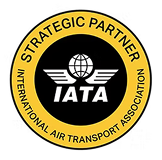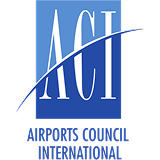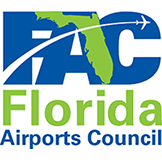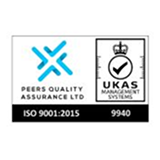The Cost of Data Blind Spots
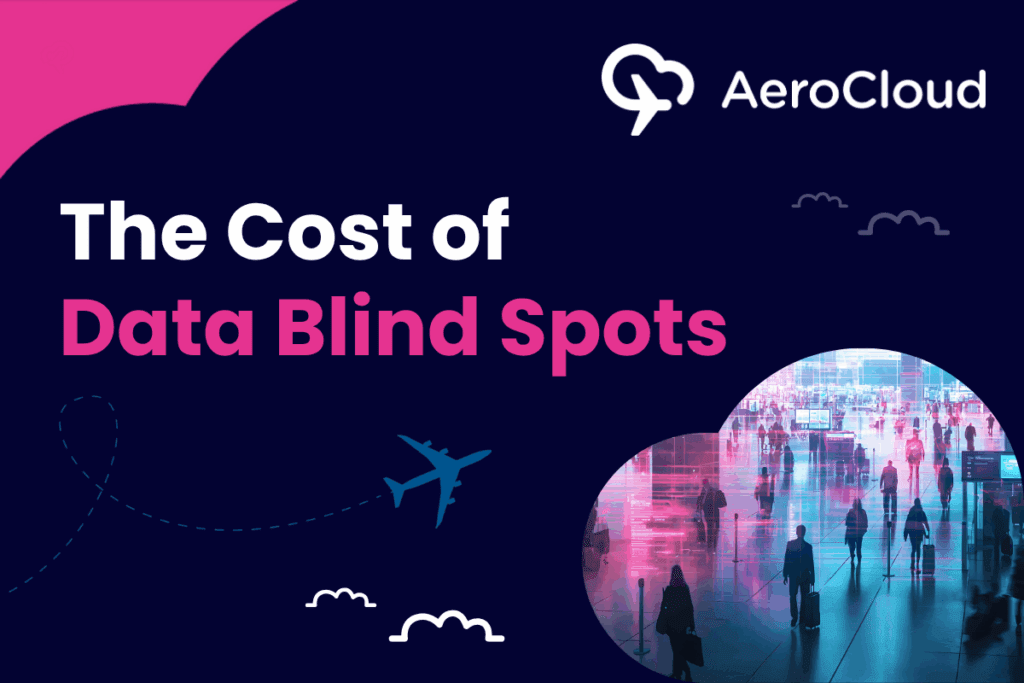
Airports today run on data. From terminal operations to passenger flow to the constant communication between ground handlers and operations teams, every part of the ecosystem depends on it. With modern tools like predictive analytics, airports can now collect and analyze real-time information at a scale that was unimaginable a few years ago.
When used well, this data transforms performance. It helps airports allocate resources more efficiently, cut delays, improve passenger satisfaction, and strengthen profitability.
But for all this progress, there’s still one major blind spot: passengers.
While aircraft movements are tracked to the second, many airports still rely on outdated methods or guesswork to understand how people move through their terminals. Without real-time visibility of queue lengths, bottlenecks, and flow patterns, it’s almost impossible to deploy staff, manage resources, or communicate effectively when things change.
That’s the real data gap. And it’s costing airports millions in lost revenue, inefficient operations, and unhappy passengers.
The true cost of terminal blindness
As global passenger traffic is projected to reach 2.6 billion by 2026, airports worldwide are facing the same challenge: how to process more passengers without physically expanding their airport infrastructure. The traditional approach of relying on manual counts, sporadic updates, and archaic systems is creating what industry experts call “data blindness”, the inability to see and respond to operational challenges in real-time.
This blindness comes with a substantial price tag for airports:
Lost Revenue Opportunities: Without understanding passenger flow patterns, airports miss critical insights about retail footfall, dwell times, and how they can best utilize commercial space. When bottlenecks divert passengers away from revenue-generating areas like duty free, or when queuing delays reduce shopping time, airports lose direct commercial income that could reach hundreds of thousands every year.
Inefficient Resource Allocation: Manual headcounts and delayed reporting lead to overstaffing during quiet periods and understaffing when demand spikes. This reactive approach not only drives up operational costs but often fails to prevent the congestion issues that it is meant to address.
Compliance and Regulatory Risks: In an era of heightened security requirements and passenger rights regulations, airports without real-time visibility struggle to demonstrate compliance with airline service level agreements and safety protocols. This can result in penalties, fewer slot allocations, and damaged relationships with airline partners.
Passenger Experience Degradation: Long queues, missed connections, and overcrowded terminals directly impact passenger satisfaction scores. Poor experiences will lead to fewer airlines and travelers choosing the airport, ultimately affecting the airport’s competitive position and long-term revenue.
Real examples: Frankfurt Airport
Frankfurt Airport, one of Europe’s busiest aviation hubs, recognized these challenges and took decisive action. Through Fraport’s Digital Factory Open Pitch Day in 2023, they identified a critical need: a modern solution to optimize passenger flow, particularly at high-pressure areas like security and border control.
Their existing systems offered only baseline visibility and lacked the real-time analytics and flexibility needed to proactively identify bottlenecks and make fast, informed decisions.
The solution came through AeroCloud Optic, a computer vision-driven passenger flow monitoring platform, as part of a pilot initiative at Frankfurt Airport. AeroCloud Optic met Germany’s toughest data protection requirements from day one, and provided Frankfurt airport with the data for real-time analytics on crowd density, wait times, and passenger throughput. The results were immediate and measurable: improved resource allocation, enhanced passenger throughput, and most importantly, the transformation from reactive to proactive terminal management.
Beyond basic tracking: The Optic revolution
Modern airports need more than simple passenger counting. AeroCloud Optic is an award-winning technology uses anonymous computer vision to monitor passenger movement, dwell times and passenger count at key terminal zones like bottlenecks, gate areas, or specific zones through an airport. AeroCloud Optic offers:
Real-Time Analytic Intelligence: Instead of discovering challenges after they’ve impacted operations, airports can spot and respond to congestion before it causes delays, dynamically allocating staff and resources based on real-time demand and live passenger flow.
Predictive Capabilities: By analyzing historical patterns and anonymous passenger path trends, AeroCloud Optic’s machine learning system can forecast congestion hotspots and flow inefficiencies to guide layout changes or staff deployment.
Commercial Optimization: Understanding passenger journey patterns, dwell times, and zone preferences enables airports to optimize retail layouts, space design, signage, and maximize revenue per passenger.
Compliance Assurance: With comprehensive data on passenger processing times, queue lengths, and flow rates, airports can demonstrate regulatory compliance with Fully anonymized tracking and complete GDPR compliance.
The technology that makes it possible
This breakthrough in passenger flow monitoring comes from cutting edge, anonymous computer vision technology that respects privacy while delivering unmatched operational insights. Unlike traditional solutions requiring expensive hardware or complicated installations, AeroCloud Optic works with existing CCTV infrastructure for fast deployment with minimal disruption:
- 100% accuracy in tracking passenger volumes across terminal areas
- Guaranteed privacy compliance with fully anonymized tracking and zero facial recognition
- Smart resource responses through alerts that trigger operational actions like dispatching additional staff
- Cloud-native infrastructure requiring no new sensors, Bluetooth or rewiring
- Actionable dashboards that turn raw data into clear, visual insights supporting proactive planning
The competitive advantage of real-time visibility
The question for airport decision makers isn’t whether to invest in passenger flow monitoring, it’s how quickly they can implement it. Unlike rigid, closed eco-systems, AeroCloud Optic’s advanced API architecture to connect with your existing systems and embrace future innovations effortlessly. There’s no need to wait months for a solution as our agile solutions are up and running in weeks, unlocking value at record speed and leaving legacy systems in the dust. The most successful implementations follow Frankfurt Airport’s approach: starting with a clear identification of pain points, selecting technology partners that prioritize privacy and compliance, and choosing solutions that integrate seamlessly with existing infrastructure.
Airports that have embraced passenger flow monitoring report significant competitive advantages. They can handle increased passenger volumes without proportional increases in operational costs, respond more effectively to irregular operations, and provide data-driven insights to airline partners and retail tenants. In the first 30 days of deploying AeroCloud Optic, Liverpool John Lennon Airport (LPL) captured over 3.8 million passenger detections, giving the airport real-time data to respond to congestion and staffing needs. As a result, LPL reduced unplanned queue escalations by more than 40%.
More importantly, airports that use AeroCloud Optic are building the data resources needed for future challenges. As the industry moves toward concepts like Urban Air Mobility and off-site processing, real-time passenger analytics become not just beneficial but essential.
Stop flying blind
In today’s competitive aviation landscape, airports cannot afford to operate on assumptions and educated guesses. Modern passenger flow monitoring isn’t just about counting people; it’s about understanding movement patterns, predicting operational challenges, and optimizing every aspect of the passenger journey from curb to gate. Airports that deploy AeroCloud Optic will not only unlock efficiency, enhance experience, and increase airport revenue, but they’ll have full visibility where it matters the most; the future of their airport.
Ready to eliminate your data blind spots?
Discover how AeroCloud Optic can transform your airport operations with real-time passenger flow intelligence. From reducing queue times to maximizing commercial revenue, our AI-powered platform delivers measurable improvements in weeks, not years.
Schedule a consultation and see how airports like Frankfurt and Liverpool John Lennon are gaining competitive advantage through intelligent passenger flow monitoring.







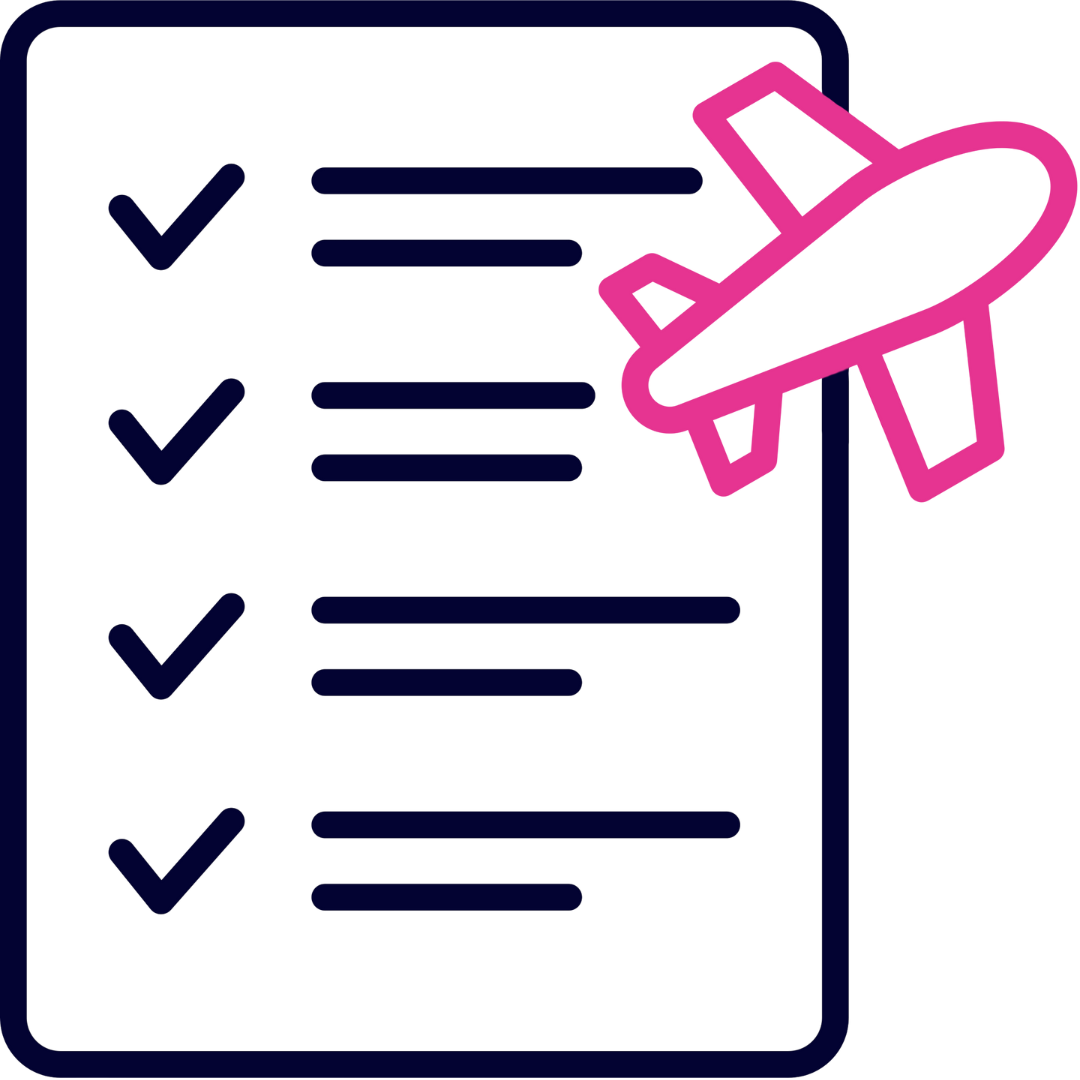

 21st November 2025
21st November 2025 


